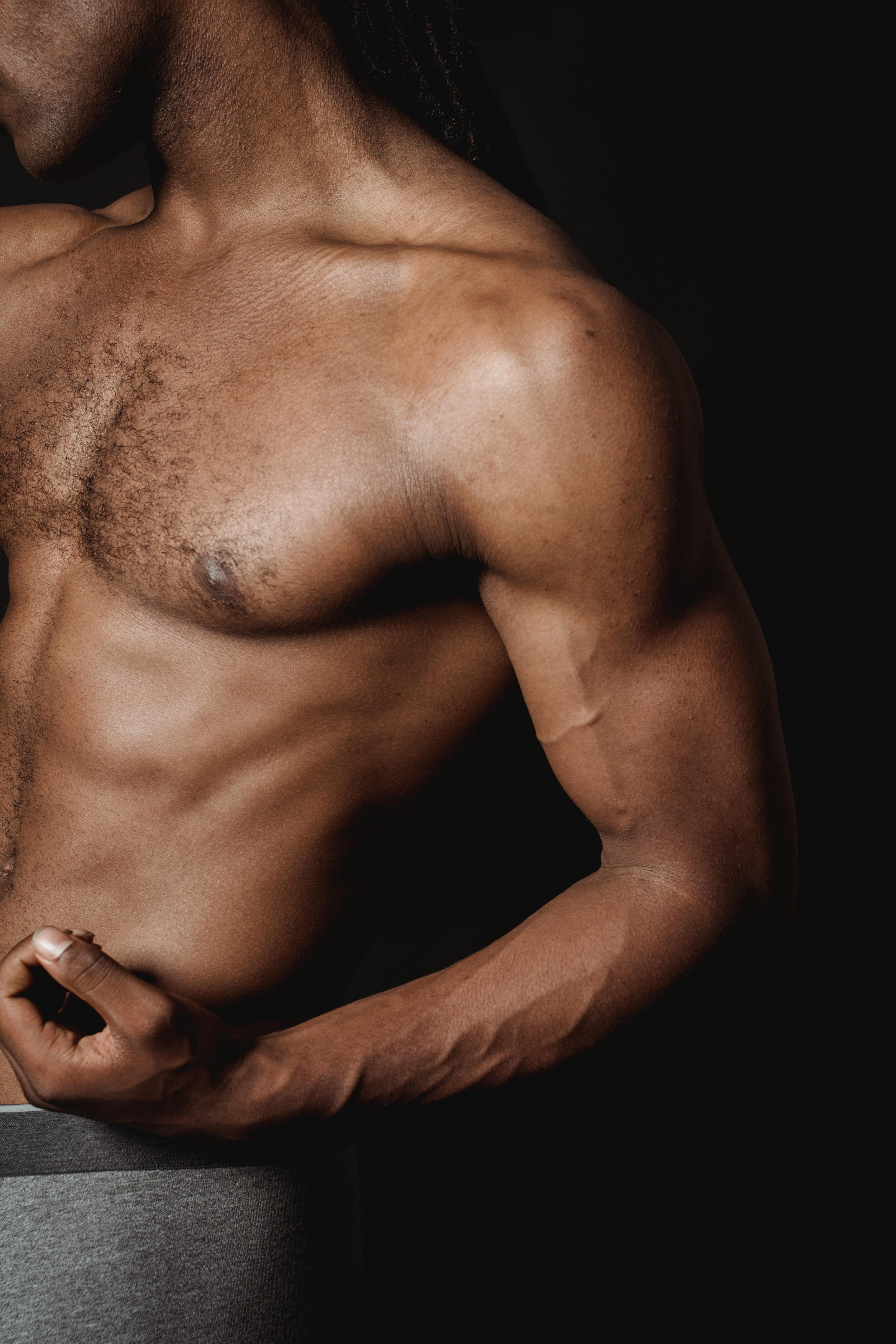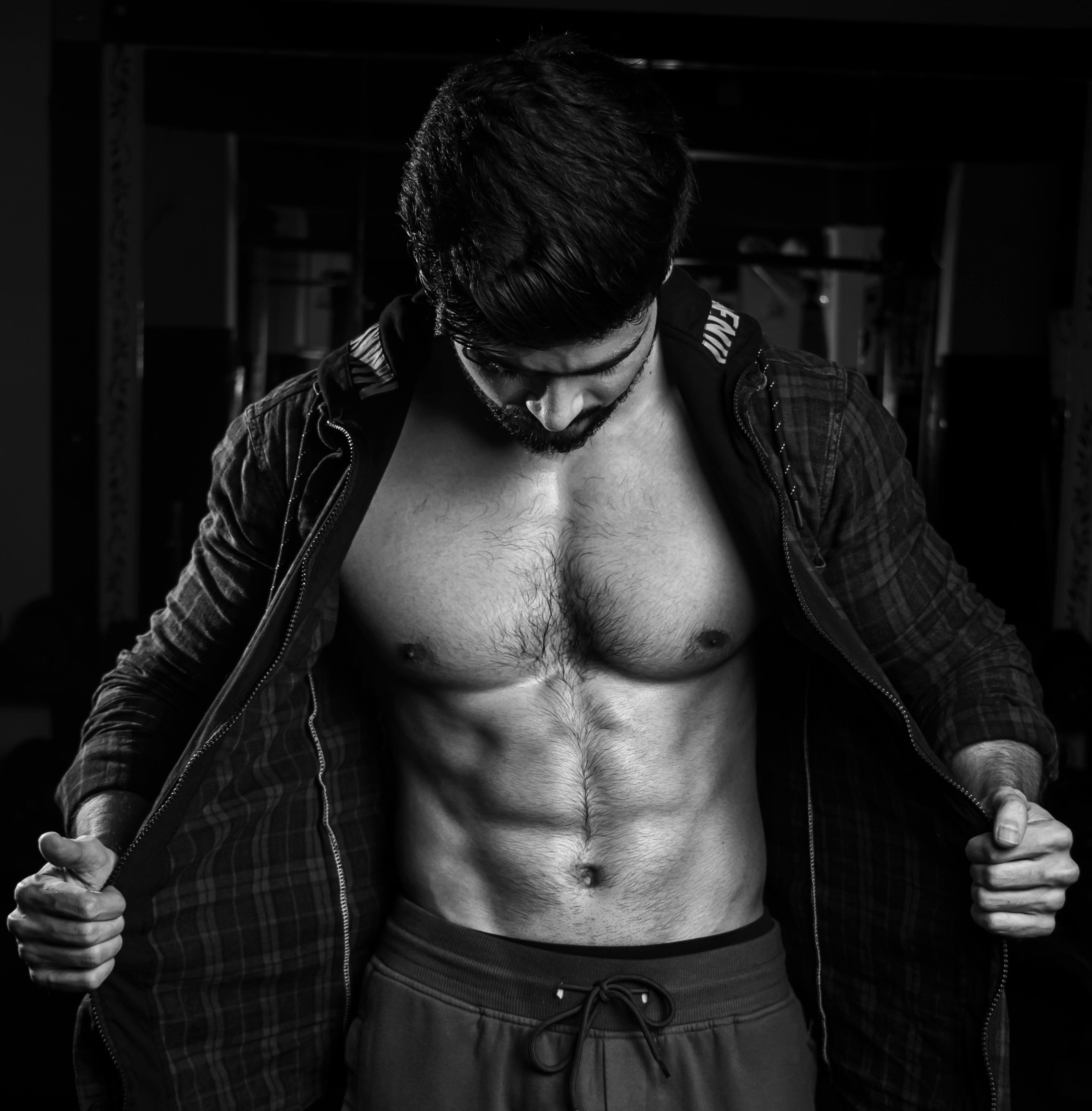Effective Ways to Strengthen Your Lower Chest: Proven Exercises for 2025
Essential Techniques for Targeting the Lower Chest
Strengthening your lower chest is crucial for a well-rounded physique. Focusing on the lower pectorals not only enhances your overall chest appearance but also improves upper body strength. Furthermore, targeted training can aid in muscle hypertrophy and contribute to better posture and athletic performance. With the right exercises and training methods, you can effectively build and define your lower chest muscles. This article will explore various techniques, ranging from bodyweight exercises to resistance training approaches, that you can integrate into your fitness routine.
Identifying the best practices in lower chest training involves understanding your fitness goals. Whether you’re trying to enhance muscle definition or improve overall aesthetics, adhering to a structured training plan is vital. Let’s delve deeper into effective exercises that engage the lower chest and optimize your gym experience.
Understanding the Anatomy of the Chest Muscles
The chest, primarily made up of the pectoralis major and minor, requires focused attention for balanced development. The pectoralis major consists of upper, middle, and lower sections, with the lower portion playing a critical role in aesthetics and strength. Engaging in exercises that specifically target this area can lead to improved muscle tone and strength. Moreover, understanding this anatomy allows you to create more effective workouts and achieve your fitness goals.
Benefits of Lower Chest Training
Focusing on the lower chest provides various advantages, including enhanced upper body strength, improved body posture, and increased muscle definition. As you incorporate effective exercises into your routine, you will notice benefits such as enhanced performance in other lifts, like the bench press and push-ups. Additionally, stronger lower chest muscles contribute to the overall health and fitness of your upper body, enabling you to perform daily activities with greater ease and efficiency.
Best Exercises for Strengthening Your Lower Chest
Building a strong lower chest requires choosing the right exercises to stimulate growth effectively. The following exercises are proven to enhance muscle development in this specific area while ensuring comprehensive chest training.
Bench Press Variations
One of the foundational movements for chest training, the bench press can be adapted to emphasize the lower chest. Variations such as the decline bench press target the lower portion more effectively. Aim for three to four sets of 8 to 12 repetitions with an appropriate weight to ensure muscle engagement without risking injury.
Additionally, adjusting the angle of your bench—using a decline position—can further isolate the lower chest muscles during this exercise. Remember to maintain proper form to maximize effectiveness and minimize the risk of injury.
Dumbbell Flyes for Isolation Training
Dumbbell flyes can significantly enhance your lower chest’s appearance by providing isolation during the workout. When performed with a focus on the lower chest, this exercise encourages muscle growth through controlled movements. Aim for three sets of 10 to 15 repetitions, ensuring the weights are challenging yet manageable for proper execution.
Incorporating variations such as incline dumbbell flyes can also provide overall chest development while reinforcing lower chest strength. The key is to maintain smooth and controlled movements to achieve the best results.
Bodyweight Exercises for Practical Application
Bodyweight exercises, such as push-ups, offer an incredible way to engage the lower chest while allowing for variations that can be tailored to your fitness level. For greater emphasis on the lower chest, consider performing decline push-ups, where your feet are elevated, thus shifting the workload to the lower pecs. Additionally, incorporate diamond push-ups to also bring your triceps into the mix.
These exercises can be easily integrated into your home workout routine and require no equipment, demonstrating the effectiveness of bodyweight training for muscle activation and strength building.
Integrating Effective Training Techniques
Integrating proper techniques into your lower chest workouts is crucial for maximizing effectiveness. Specific strategies, such as supersets and varying your rep ranges, can enhance muscle engagement and growth. These training methods not only break the monotony of your routine but also provide new challenges that promote muscle development.
Supersets for Increased Muscle Hypertrophy
Supersets involve performing two exercises back-to-back with minimal rest, effectively increasing the intensity of your workout. For example, pairing decline bench presses with push-ups can maximize lower chest activity and stimulate hypertrophy. Choose weights that you can manage for multiple sets while maintaining proper form.
Combining Isolation and Compound Exercises
Combining isolation and compound exercises can yield superior results in lower chest development. Incorporating exercises like chest presses followed by flyes ensures comprehensive muscle engagement. Customizing your exercises according to your workout plan aids in achieving optimal results, which integrates various training techniques.
Monitoring Your Progress and Adjusting Your Routine
As with any fitness regime, tracking your progress is essential. Regularly assess your strength gains and muscle development to ensure you are meeting your fitness objectives. Keeping a detailed record of your workouts can help you make informed adjustments to your training plan.
Setting Realistic Fitness Goals
Establishing achievable fitness goals is crucial for maintaining motivation and directing your efforts. Focus on incremental improvements in muscle strength and conditioning. Progressively challenge yourself with increased weights and repetitions to ensure muscle growth and enhanced performance.
Utilizing Fitness Apps for Tracking
Many fitness apps can assist you in tracking your workouts and monitoring muscle recovery. These digital tools can help you stay accountable and provide insights into your exercise patterns, making it easier to maintain consistency in your lower chest training.
Nutrition and Recovery for Optimal Muscle Growth
Nourishing your body adequately is as important as your workout routine. Proper nutrition plays a vital role in recovery and muscle development, enabling you to achieve your fitness goals effectively.
Essential Nutrients for Muscle Repair
A well-balanced diet rich in protein, healthy fats, and complex carbohydrates will support your training efforts. Incorporate protein sources such as lean meats, fish, and plant-based options to facilitate muscle repair and growth. Additionally, hydration is key to ensuring optimal muscle function and recovery during your fitness journey.
Incorporating Recovery Techniques
Recovery techniques, such as stretching and foam rolling, can significantly enhance muscle recovery and flexibility. These practices help alleviate soreness and prepare your muscles for the next training session. Implementing rest days in your training plan also allows for muscle regeneration, ensuring sustained progress over time.
Frequently Asked Questions
What are the best exercises for the lower chest?
Some of the most effective exercises for the lower chest include decline bench presses, dumbbell flyes, and bodyweight exercises such as decline push-ups. Incorporating a mix of both compound and isolation movements will yield the best results.
How often should I train my lower chest?
Generally, training your lower chest 1 to 2 times per week is sufficient to stimulate muscle growth. Ensure you allow adequate recovery time between sessions to maximize results.
Can I effectively train my lower chest at home?
Yes! Many effective exercises, such as push-ups and dumbbell flyes, can be performed at home without gym equipment. Bodyweight training is an excellent way to strengthen your lower chest in a home setting.
How important is nutrition in lower chest training?
Nutrition plays a crucial role in muscle development and recovery. Consuming a balanced diet rich in protein and essential nutrients will optimize your training results and promote muscle growth.
What is the role of rest in muscle development?
Rest is essential for muscle recovery and growth. Allowing time for your muscles to recuperate post-workout is as important as your training routine, contributing to long-term success in achieving your fitness goals.


